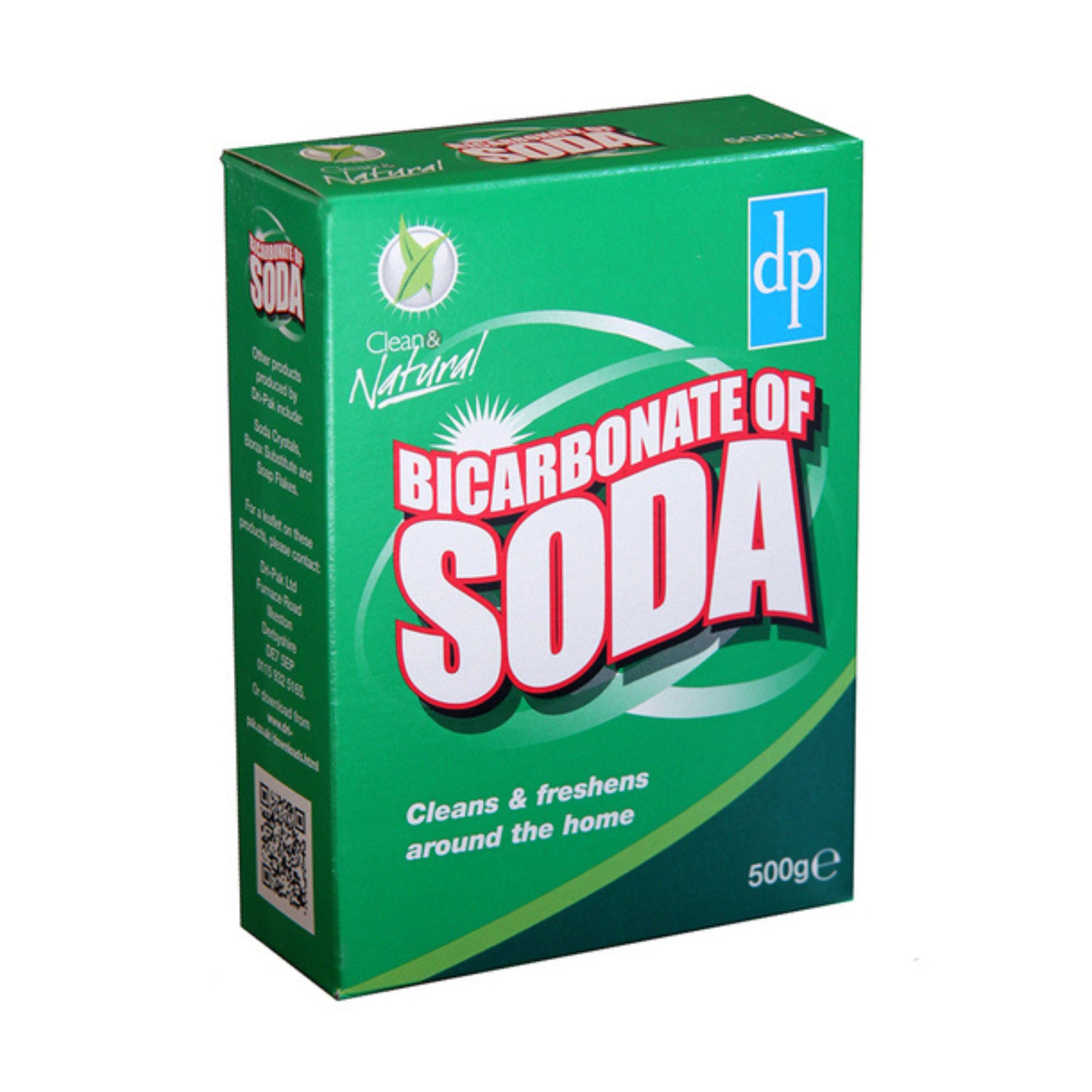I swear by this £2 household staple to clean my entire home – these are 7 ways you can use it in yours too
You probably already have it in your kitchen cupboards

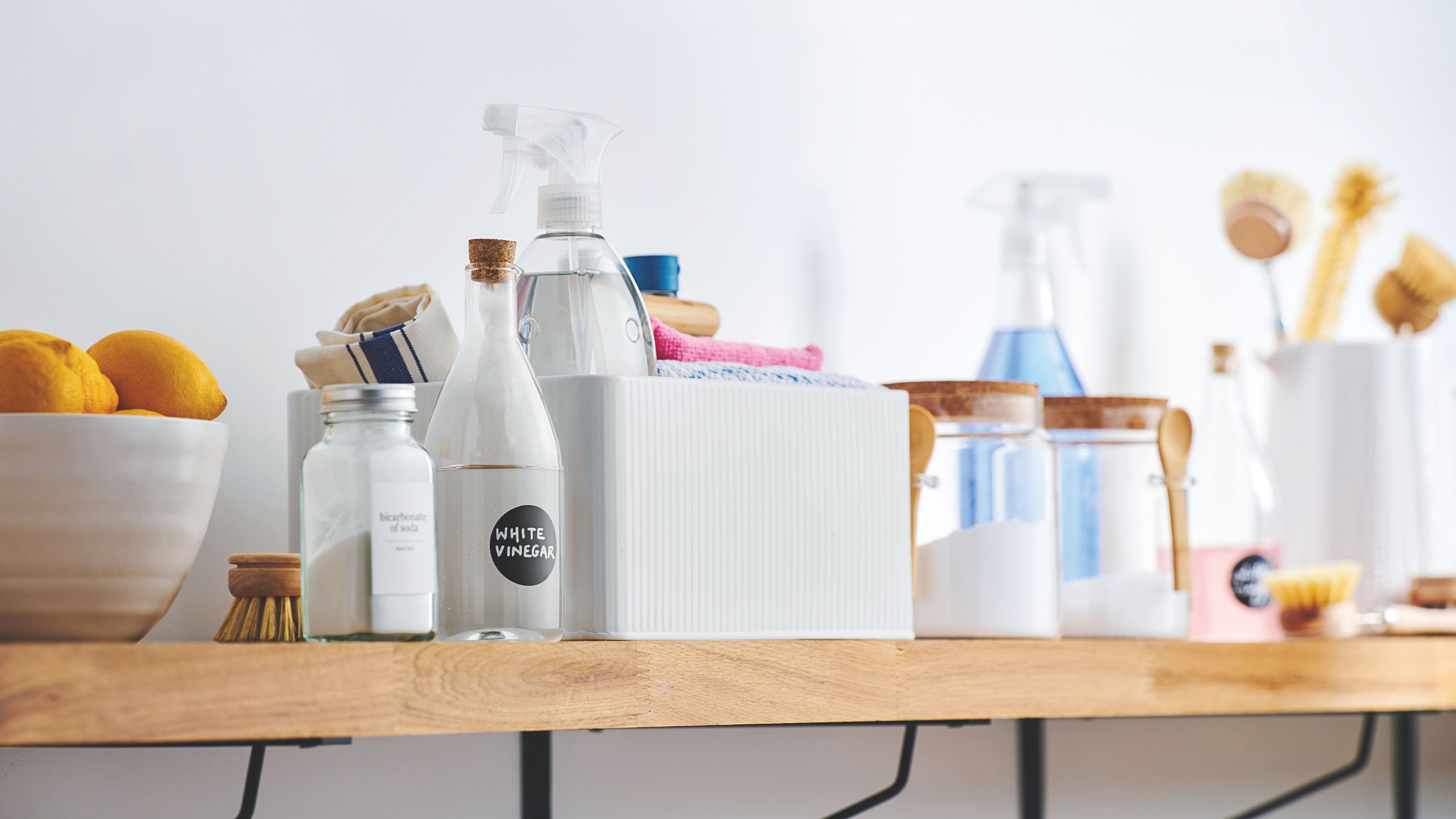
In this job, I test a lot of cleaning products. I’ve tested big-branded ones, I’ve tested Instagram-famous ones, and I’ve tested those I’ve randomly stumbled across in the supermarket. But one thing I will never get tired of is baking soda, and there are so many things you didn’t know you could clean with bicarbonate of soda.
Yep, when it comes to cleaning my home (which is a very small one with limited storage), I tend to opt for one or two natural products rather than a whole host of chemical-laden alternatives. And alongside cleaning with white vinegar, cleaning with bicarbonate of soda is my go-to… no matter which room of the house I’m cleaning.
It’s super affordable, easy to store, and incredibly easy to use. And as Laura Harnett, Founder of eco cleaning brand, Seep, says, ‘It can be used either directly as a powder to soak up liquids and odours or can be mixed with water to create a gently abrasive paste. This means it is very versatile.’ And while there are some things you should never clean with bicarb, there are so many more that you can!
1. Washing machines
One thing I can’t stand is a dirty, smelly washing machine. That’s why I recently set about testing three different washing machine cleaning methods - all in the name of science, of course. One of those methods was using a mixture of bicarbonate of soda and white vinegar to clean my washing machine.
The best way to clean a washing machine like this is to first make a paste of bicarb and a small amount of water, before using an old toothbrush to scrub the inside of the seal. Then, pop a load of bicarbonate of soda into the drum and run a very hot wash.
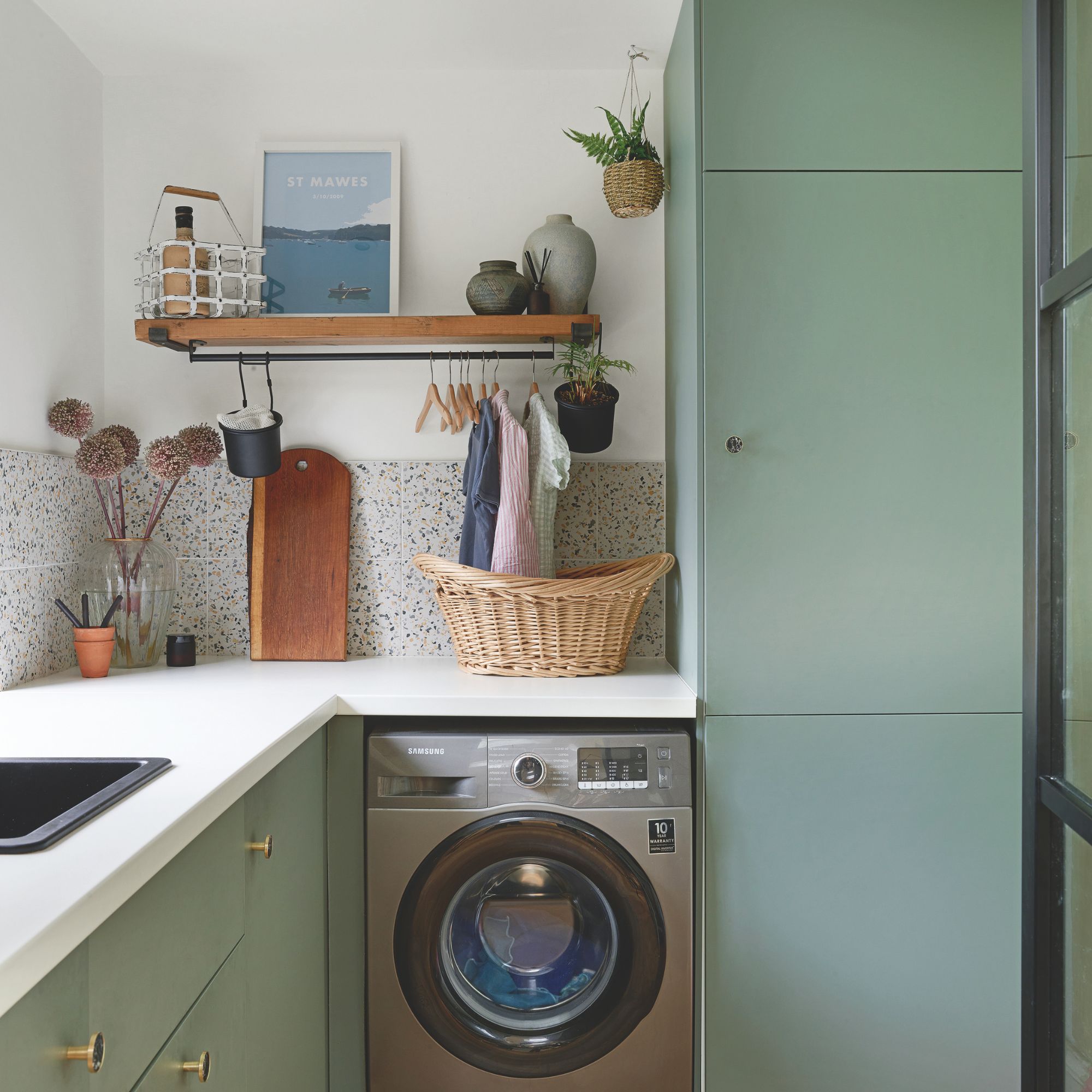
When that cycle is finished, repeat the process with white vinegar, as you want to avoid mixing them together as much as possible. If you did, it could result in blocked washing machine pipes and other plumbing issues.
Personally, I did actually find that soda crystals - like this Dri Pak Soda Crystal Pack of 2 from Amazon (£5.99) - worked best in my own washing machine as I live in a hard water area, but the bicarb and white vinegar mixture also worked a treat to remove smells and combat the mould around the seal and I’d definitely use it again.
2. Mattresses
If you choose one of the best mattresses, it could last you up to 10 years with very little maintenance on your part. But did you know that you can use bicarbonate of soda to clean your mattress? In fact, it’s a natural cleaner and deodoriser.
Sign up to our newsletter for style inspiration, real homes, project and garden advice and shopping know-how
Martin Seeley, a sleep expert at MattressNextDay, explains, ‘The alkaline pH levels help neutralise acidic odours caused by body oil, sweat and general use. Additionally, it acts as a moisture absorber, helping lift the dampness from night sweats, spills or humidity. It has a gentle texture that gives a slight abrasive cleaning power, best for lifting surface stains without damaging fabric.’
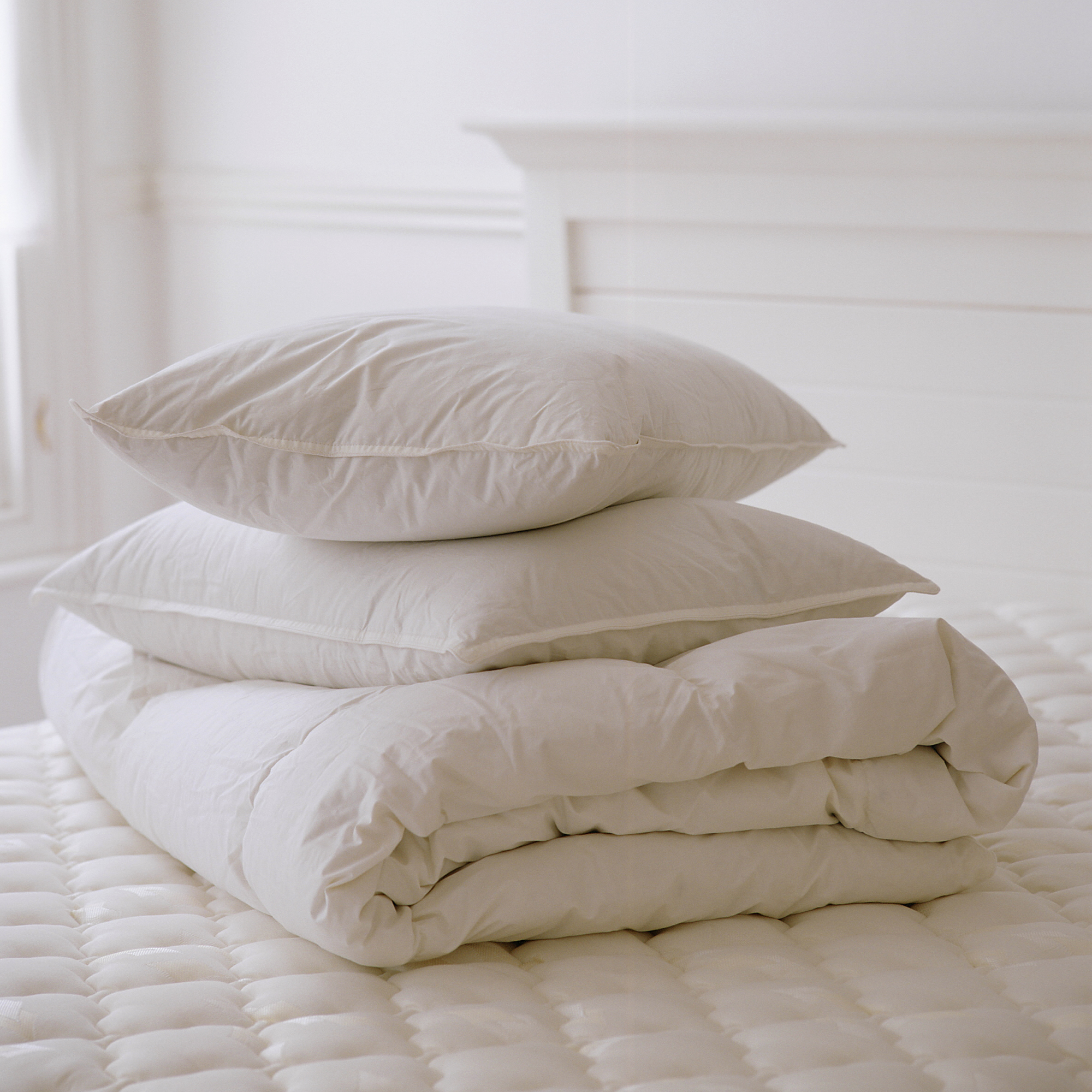
The best way to clean a mattress with baking soda is to remove all of your bedding and then sprinkle ½ to 1 cup of bicarbonate of soda evenly across the surface of the mattress before leaving it to work its magic for around half an hour. You can then vacuum your mattress to suck up the residue.
You could even buy a dedicated mattress vacuum, like this Lakeland Handheld Mattress Vacuum with UV Light (£59.99) - to make the process even easier. Our reviewer tried it out for herself, and although she was originally sceptical, she became a mattress vacuum convert after testing. In her review, she said it replaced her regular vacuum cleaner for the job.
3. Carpets
Although the best vacuum cleaners are ideal for everyday carpet cleaning and carpet cleaners are better suited for deeper cleans, there often comes a time when you need a little ‘in-between’ cleaning - and that’s where cleaning with bicarbonate of soda comes into the picture.
Lucy Rhead at Gtech advises, ‘Just sprinkle the baking soda onto the offending area and leave for a few hours – overnight is often most convenient. Then vacuum up the remaining residue in the morning.’ This can deodorise your floors, absorb any excess moisture, and even make it easier for you to vacuum both human and pet hair.
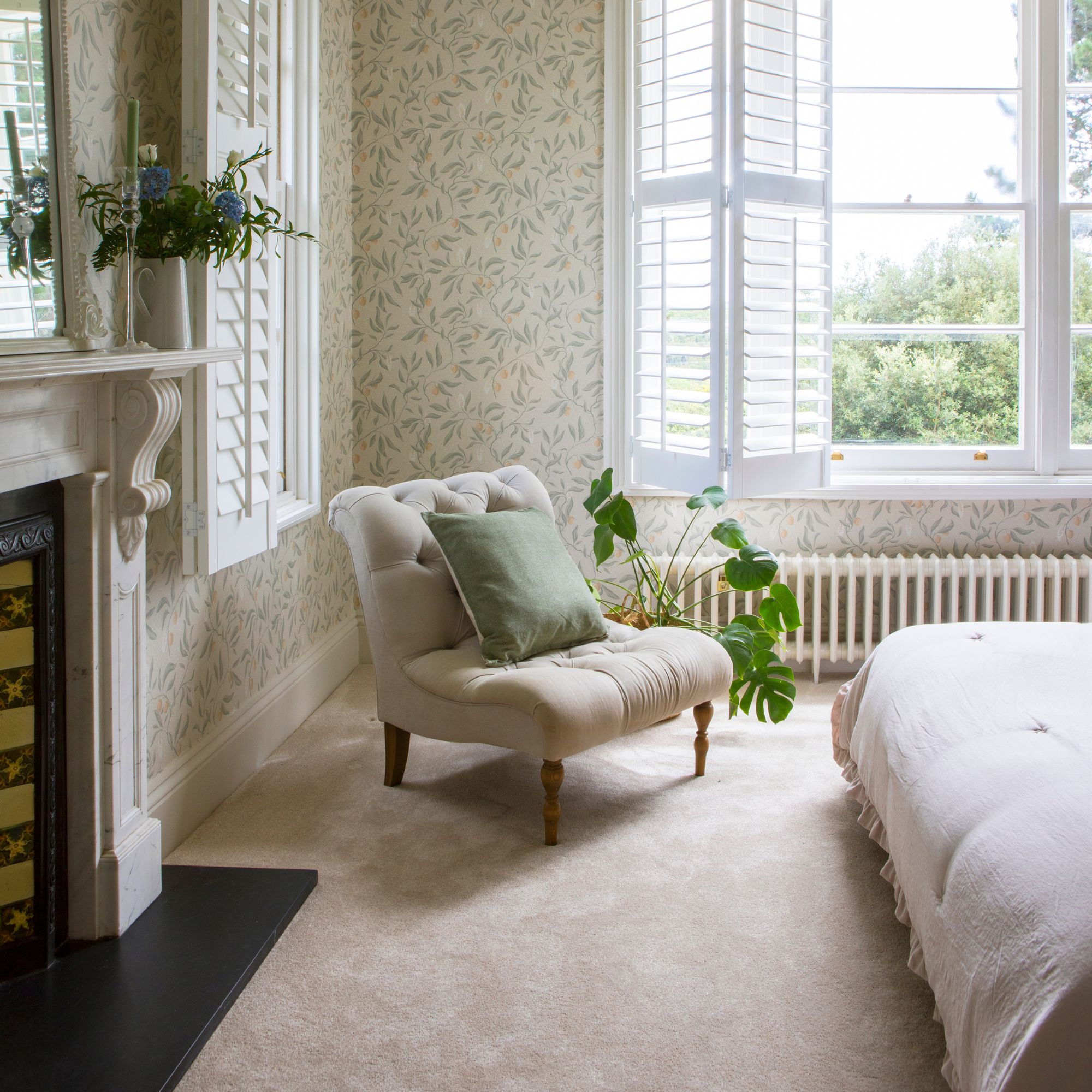
Not only that, but bicarbonate of soda is the only thing that will get oil out of carpet, and you can have it on hand if you want to remove stains, too. In this case, it’s best to create a paste from baking soda and water before using a brush - like this MR.SIGA Bamboo Palm Brush from Amazon (£10.99) - to gently agitate the stain.
This makes bicarb perfect for cleaning carpets without a machine, and it’s a great way to freshen up your floors without having to bring in any heavy appliances or splashing out on chemical-filled cleaning solutions that could damage your carpet fibres.
4. Patios
Although I do have a pressure washer - the Karcher K2 Power from Argos (£170), to be exact - I’ve recently had to change to a water meter, so I’ve become a little more conscious about the amount of water I’m using. And when I don’t need to use a pressure washer to clean my patio, bicarbonate of soda has become my go-to cleaning product.
Andy McLaughlin, paving and landscaping specialist at RF Paving, explains, ‘Simply make a mixture of bicarbonate of soda and water, with a ratio of one to five tablespoons per 10 litres of water, depending on how dirty the patio is.’
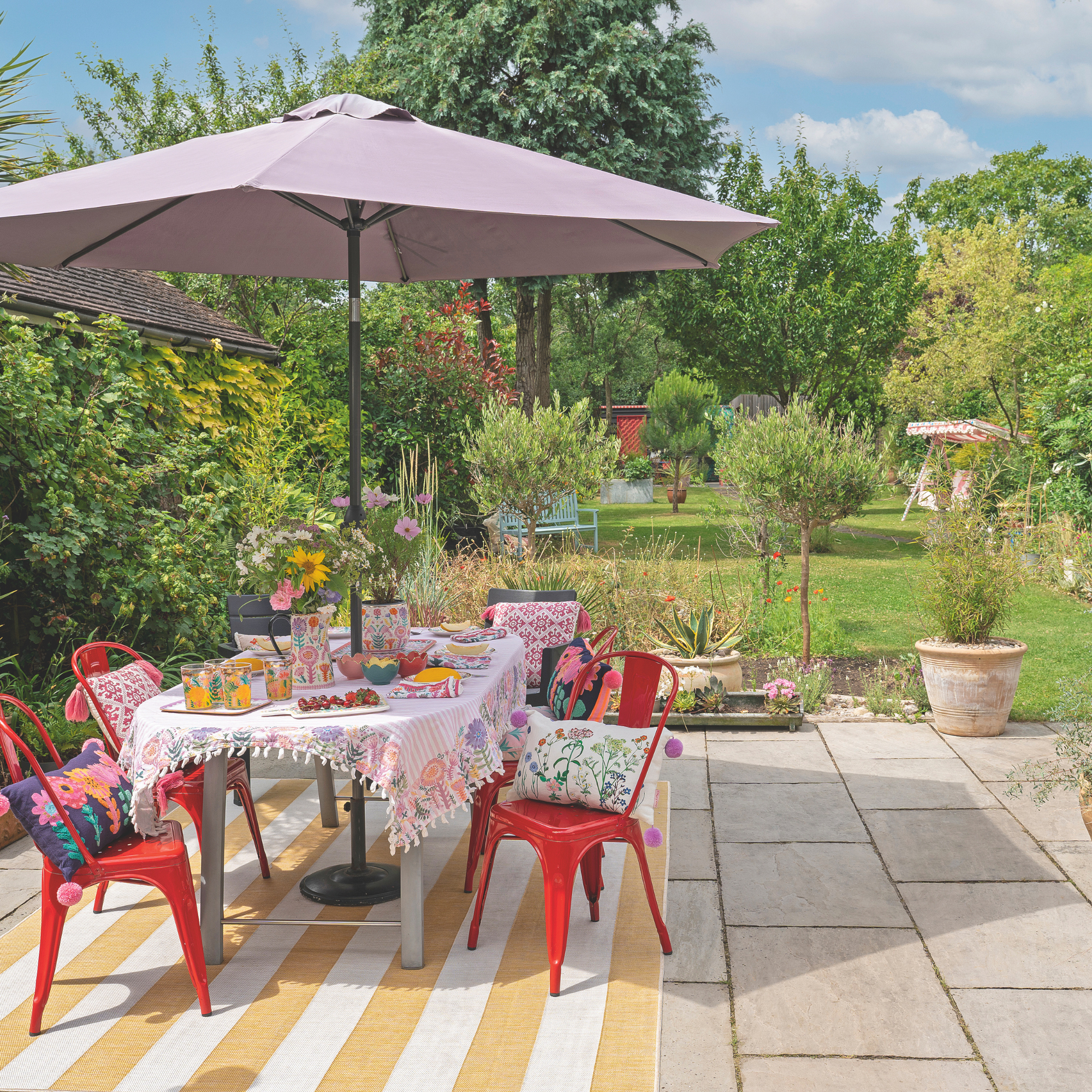
He adds, ‘Remove loose dirt or debris with a brush before pouring the solution onto your patio slabs. Give the surface a good scrub, and then rinse it off with water.’ And if you want to remove black spots on a patio, baking soda can also work wonders.
In this instance, it’s best to make a solution of one part bicarbonate of soda with one part white vinegar and one part hot water. Then, you can grab your brush and offer more targeted black spot removal.
5. Kitchen and bathroom drains
Drains in the bathroom and the kitchen can become smelly, and you may even find yourself wondering how to fix a clogged shower drain every now and then. And while you could opt for shop-bought chemicals that will probably get the job done, you can save money (and the environment) by using bicarb instead.
Laura advises, ‘Mix bicarbonate of soda with white vinegar and it will create a fizzy reaction which is a natural way to unblock the sink or clear out the pipes and stop any bad smells occurring.’
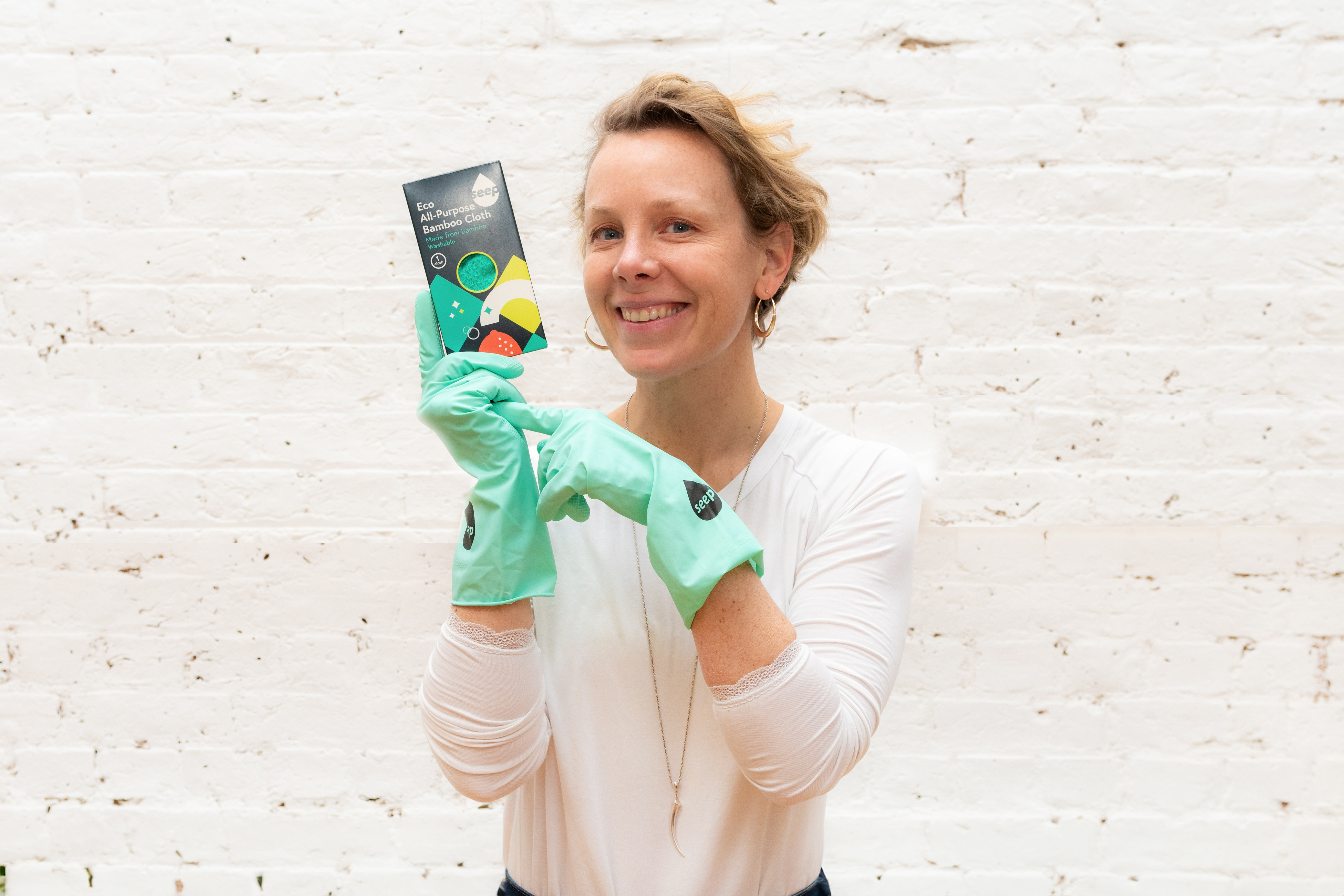
Laura Harnett is the founder of eco cleaning brand, Seep. She is determined to help as many people stop using unnecessary plastic as possible by encouraging them to switch to plastic free cleaning tools. She also recently appeared on Dragons’ Den and landed not one, but two Dragons to invest in her business.
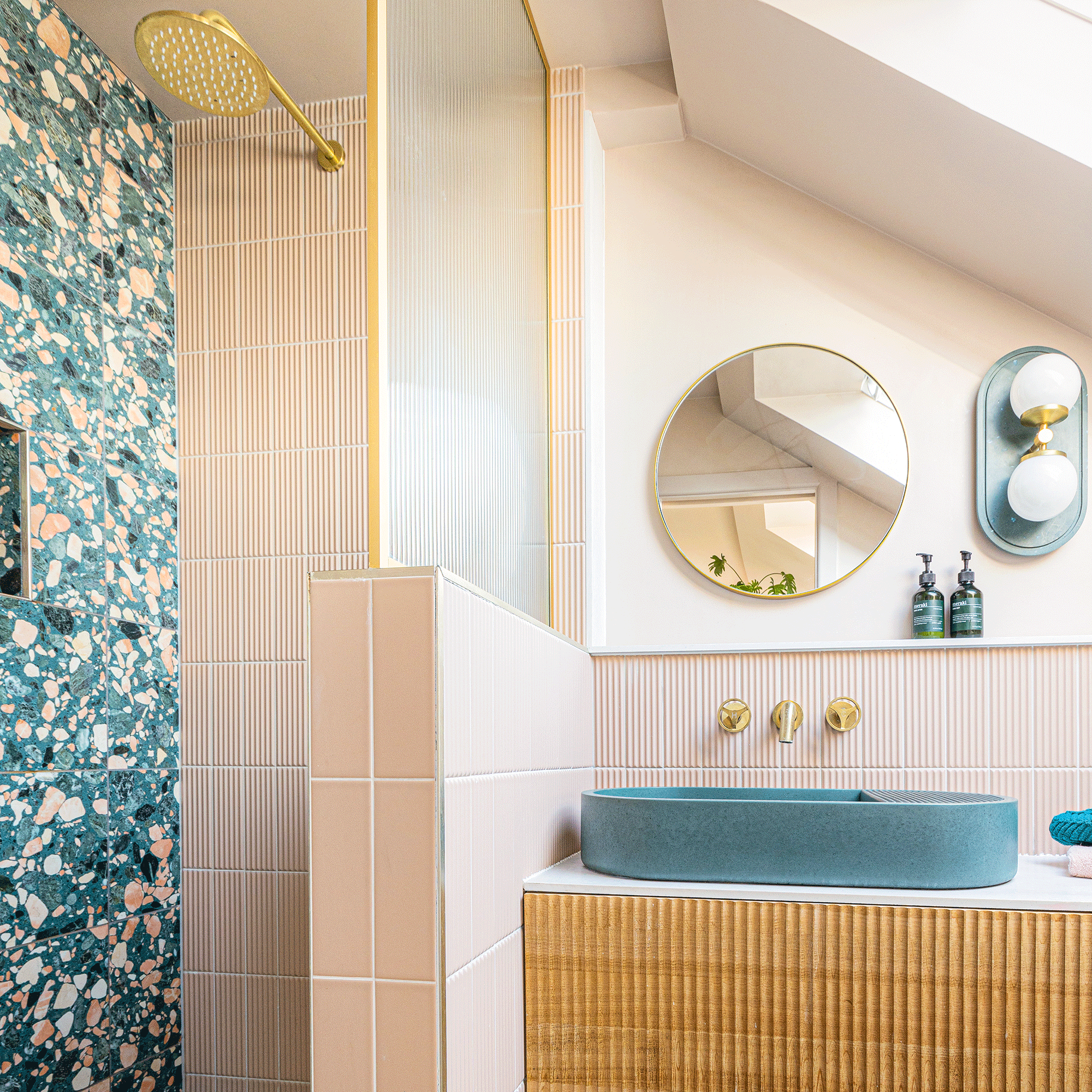
In fact, using bicarbonate of soda and white vinegar - like this Miniml White Vinegar from B&Q (£8.95) can also help to dissolve hair, remove limescale, and get rid of any lingering smells. But how do you use it?
Director of Sanctuary Bathrooms, James Roberts, says, ‘Start by pouring boiling water down the drain. Create a mixture of bicarbonate soda and vinegar and pour the prepared solution down the drain. Cover the drain and let it sit for 15 minutes, and follow up with another round of boiling water.’
6. Mould
Living in a damp Victorian house means that I’m constantly trying to get rid of mould in my home, and I know I’m not the only one. And while I’ve tried to use mould-specific cleaning products before, I didn’t like the bleach in them - especially when trying to get rid of mould on walls.
But mould is yet another thing most people don't know you can clean with bicarbonate of soda. All you have to do is pop a mixture of baking soda and water into a spray bottle - I use these UMISKAM 2 Pcs Empty Glass Spray Bottles from Amazon (£8.99) and spray the solution onto the mould before scrubbing with a brush or cleaning cloth.
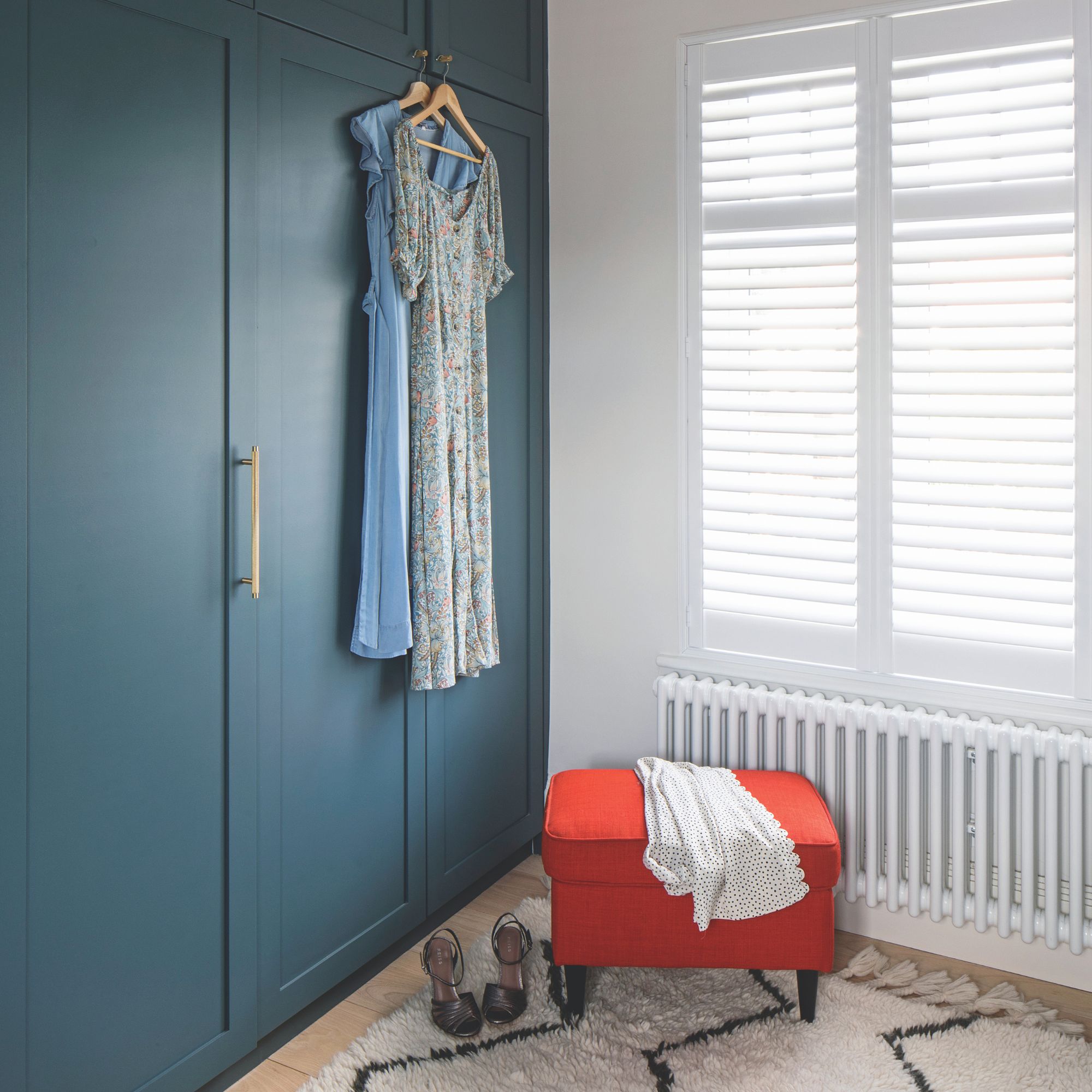
If you need to tackle more targeted mould, like black mould in a shower or on sealant, you can turn the bicarb into more of a paste with white vinegar. James says, ‘Use a cloth to rub the paste onto the affected area of sealant. Leave the paste on for five minutes to let it soften the mould. Scrub the dried paste with a cloth or stiff bristle brush to remove it and the mould.’
Alongside this, I also use the baking soda condensation hack during the wetter, colder months of the year to prevent the build-up of condensation that could later lead to mould. So, I’m stopping it at the source.
7. Sofas
You can essentially use bicarbonate of soda to clean every room of the house, and if you’re wondering where you can use it in the living room, you’ll be happy to know that you can use baking soda to clean sofas. This is especially helpful if you share your home with pets or mucky children.
Monika Puccio, Director of Buying at Sofa Club, suggests using bicarbonate of soda for deodorising and light cleaning or for spot cleaning stains. For the former, she says, ‘sprinkle baking soda generously over the entire surface of the sofa. Leave the baking soda on for at least 15 minutes (or up to several hours if possible). Then, thoroughly vacuum the sofa to remove the baking soda and absorbed odours.’
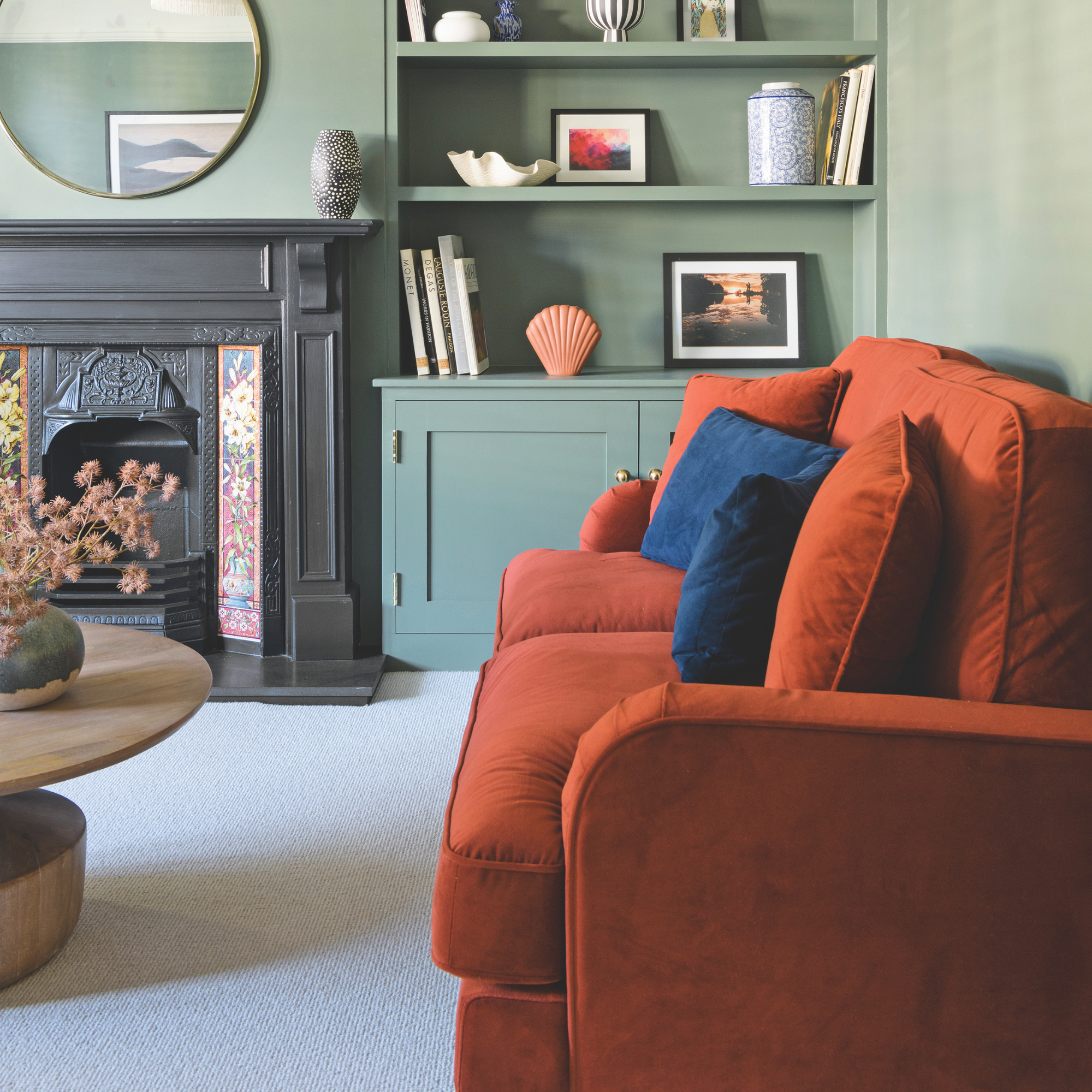
If you want to tackle specific stains, she suggests combining 1 tablespoon of bicarb with ‘a few drops of mild dish soap in a cup of warm water.’ Then, you should blot the stain, and then blot again with a clean, damp cloth to remove the soapy residue.
Just make sure you follow the stain removal golden rules so you don’t make the stain any worse and potentially ruin your sofa in the process. The most important thing is always testing your bicarb cleaning solution on an inconspicuous area before cleaning the whole sofa.
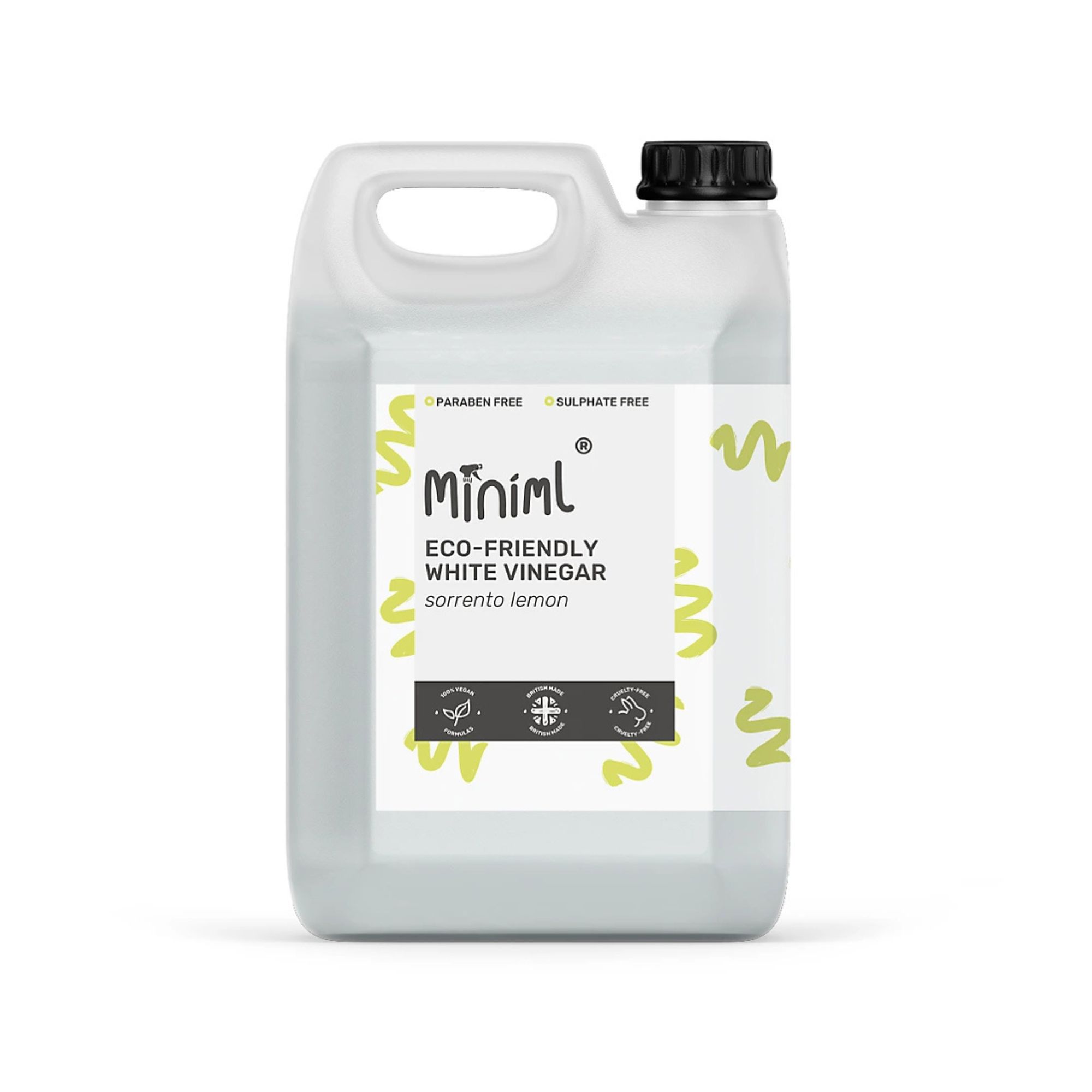
The perfect companion to baking soda, I always have a stock of this lemon-scented white vinegar at home. Just make sure you know what you can't clean with white vinegar, too.

Although a larger vacuum is perfect for cleaning carpets with baking soda, a handheld one is much more effective for sofas, mattresses, and targeted cleaning. This one is my particular favourite.
FAQs
Can you mix baking soda and vinegar to clean?
Yes! In fact, baking soda and vinegar offer an effective clean when mixed together as it results in a chemical reaction that causes fizzing or bubbling. This can then loosen many types of grime, including limescale, general dirt, and even mould.
However, it’s important to note that you should use these products sparingly, and for a deeper clean most experts would suggest using them one after the other instead, so that you minimise the chemical reaction and allow the acid and alkali to work their magic alone.
What is the difference between baking soda and bicarbonate of soda?
There is no difference between baking soda and bicarbonate of soda. They are exactly the same thing (a chemical compound called sodium bicarbonate or NaHCO3), but are called different things depending on where you are in the world. In America, it is typically called baking soda.
And while the most common name for this item is bicarbonate of soda in the UK and Europe, more and more people are adopting the Americanised version of the name. Nevertheless, they are one and the same.
Is there anything else that you clean with bicarbonate of soda that I’ve missed?

Lauren Bradbury has been the Content Editor for the House Manual section since January 2025 but worked with the team as a freelancer for a year and a half before that. She graduated with a Bachelor’s degree in English and Creative Writing from the University of Chichester in 2016. Then, she dipped her toe into the world of content writing, primarily focusing on home content. After years of agency work, she decided to take the plunge and become a full-time freelancer for online publications, including Real Homes and Ideal Home, before taking on this permanent role. Now, she spends her days searching for the best decluttering and cleaning hacks and creating handy how-to guides for homeowners and renters alike, as well as testing vacuums as part of her role as the Ideal Home Certified Expert in Training on Vacuums, having spent over 110 hours testing different vacuum models to date!
